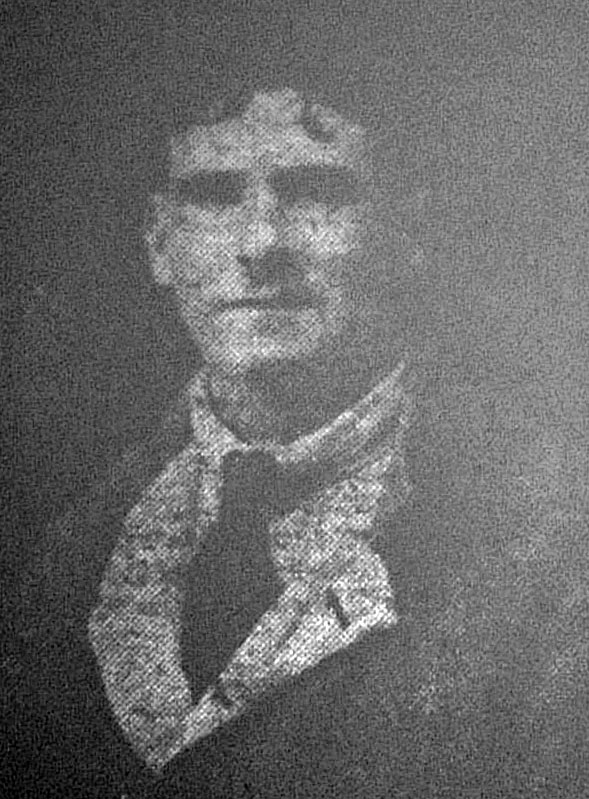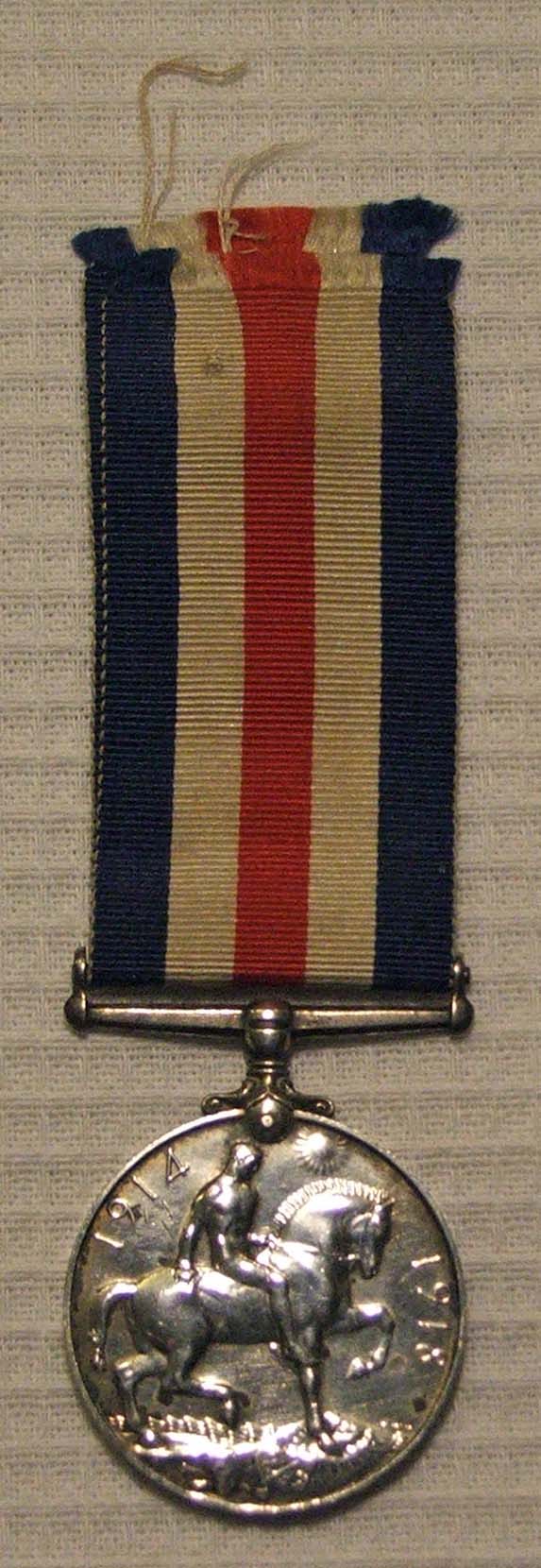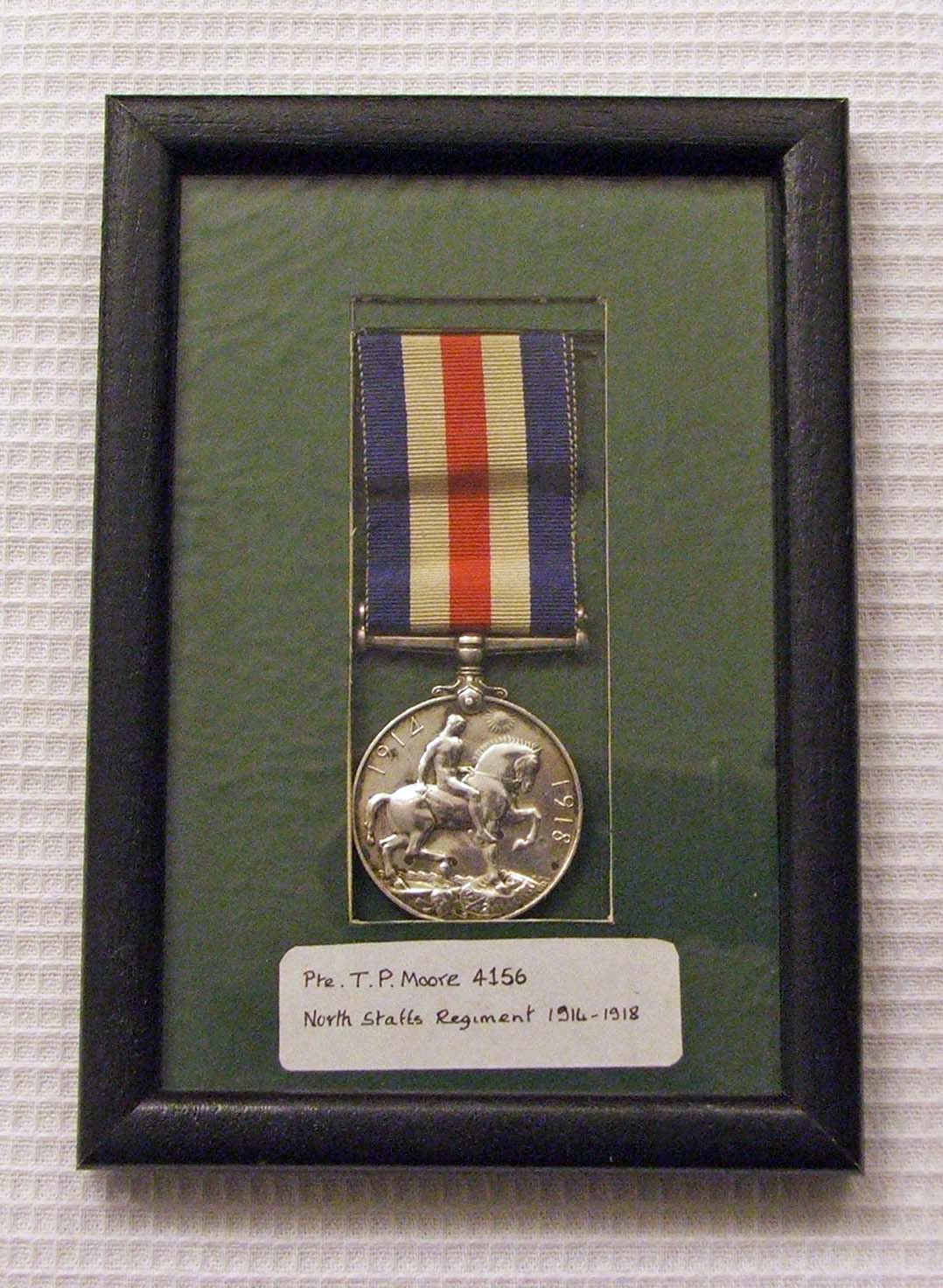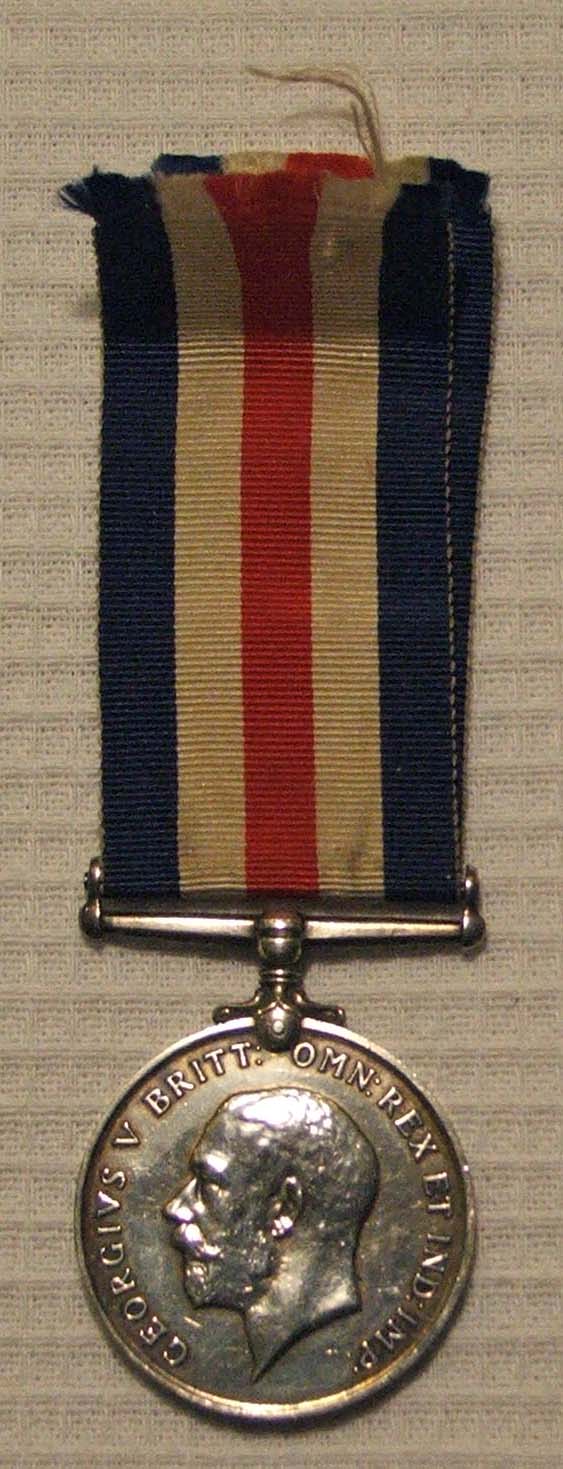
MOORE, THOMAS PATRICK

Photograph by kind permission from the Uttoxeter Advertiser
|
|
Source |
||||
|
CWGC |
SDGW |
Uttoxeter Advertiser |
Other |
||
|
Parents |
|
|
|
|
|
|
Where born |
|
|
|
|
|
|
When born |
|
|
|
|
|
|
Address |
John Street (self) |
|
|
|
|
|
13 James Street (sister) |
|
|
1b |
|
|
|
Where educated |
|
|
|
|
|
|
Spouse |
|
|
|
|
|
|
Children |
|
|
|
|
|
|
Employment Before Joining up |
Leighton Ironworks |
|
|
1b |
|
|
Where enlisted |
|
|
|
|
|
|
Regiment |
North Staffordshire (Prince of Wales’s) |
|
|
1b |
3 |
|
Unit |
|
|
|
|
|
|
Rank |
Private |
|
|
1a, 1b |
3 |
|
Service Number |
4156 |
|
|
|
3 |
|
Date of Death |
|
|
|
|
|
|
Age at time of death |
|
|
|
|
|
|
Where Killed or died |
St. George’s [hospital], Stafford |
|
|
|
2b |
|
How he died |
|
|
|
|
|
|
Location of Grave or Memorial |
Uttoxeter Cemetery? |
|
|
|
2a |
|
Awards |
|
|
|
|
|
|
Where commemorated |
|
|
|
|
|
He was a brother or Patrick and Harry Moore, who were also killed.
His sister was Miss Annie Moore, of 13 James Street, Uttoxeter. [1a, 1e]
Thomas suffered more than most of his compatriots during the war.
In June 1916 he was wounded in the left leg, the bullet passing through the calf and just missing the bone. The Uttoxeter Advertiser [1a] reported it as follows:
“He was on patrol duty 'somewhere in France' with eight others, when they came across a party of Germans, who “were on the same game”. “I was the only one hit”, he adds, “and I know it - it's very painful and sore”. “
He was wounded again in May 1917, this time in three places, and was taken to hospital in Edinburgh. [1b]
In November 1917 [1c] his sister, Miss Annie Moore, of 13 James Street, received news that he was suffering from dysentery and was now in hospital in France. He was reported to be progressing favourably.
He was officially posted missing on 21 March 1918, [1d] but his relatives later heard that he had been taken prisoner and was in a POW camp in Germany. [1e]
On 21st August 1918 it was reported that he was in hospital in Germany with pleurisy in both lungs. [1e] He had been ill for about six weeks at the time.
Thomas must have had a very difficult time while he was a prisoner of war because the story has been passed down the family that he spent time in prison in Russia and worked in salt mines. [2b] We have not been able to verify this, but a lot of English Prisoners of War were put into labour camps, where they were given inadequate cold-weather clothing, starved and overworked in quarries and suchlike. This, coupled with the fact that many were put into camps with Russian POWs, could account for the rumours that have passed down the family.
We do not know when he was released from the Prisoner of War camp, but we do know that at the end of December 1918 [1f] he had been released and was at home on leave. While he was there, news of his brother Harry’s death reached the family.
Thomas was so mentally traumatised by his experiences during the war that he never recovered from them.
After the war he was known to dress in his uniform and walk to neighbouring villages, believing that the war was still on.[2a] People were not as understanding as they would be nowadays, because mental illness carried a stigma during that era. The condition of Post Traumatic Stress Disorder had not been acknowledged by them, and consequently people started to say that he was an ‘embarrassment’ to the town and needed to be put in to an institution.
Thomas died ‘in care’ in St. George’s, Stafford.[2b]
|
Thomas was awarded the British War Medal |
||
 |
 |
 |